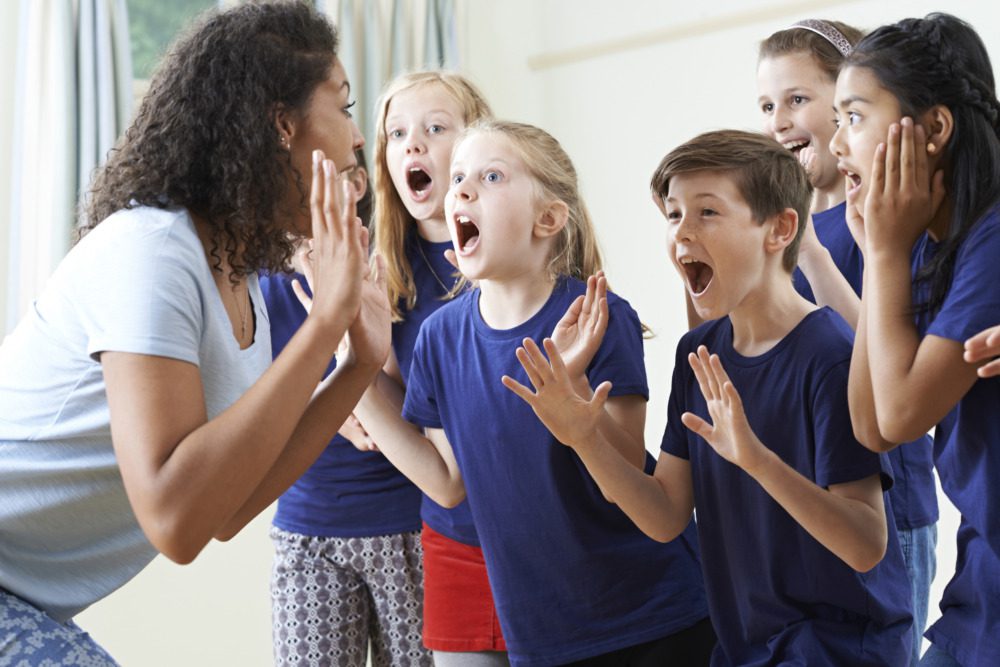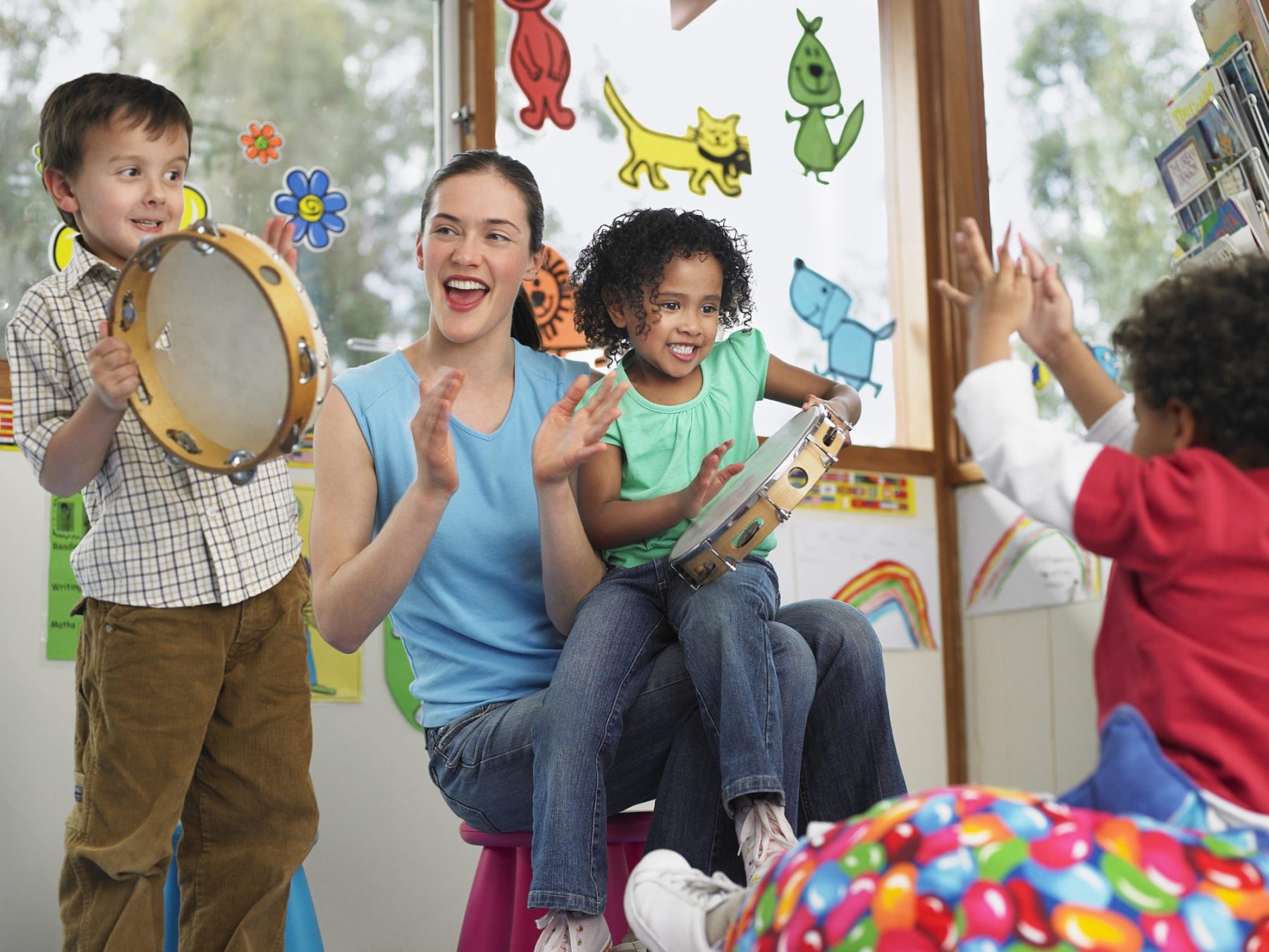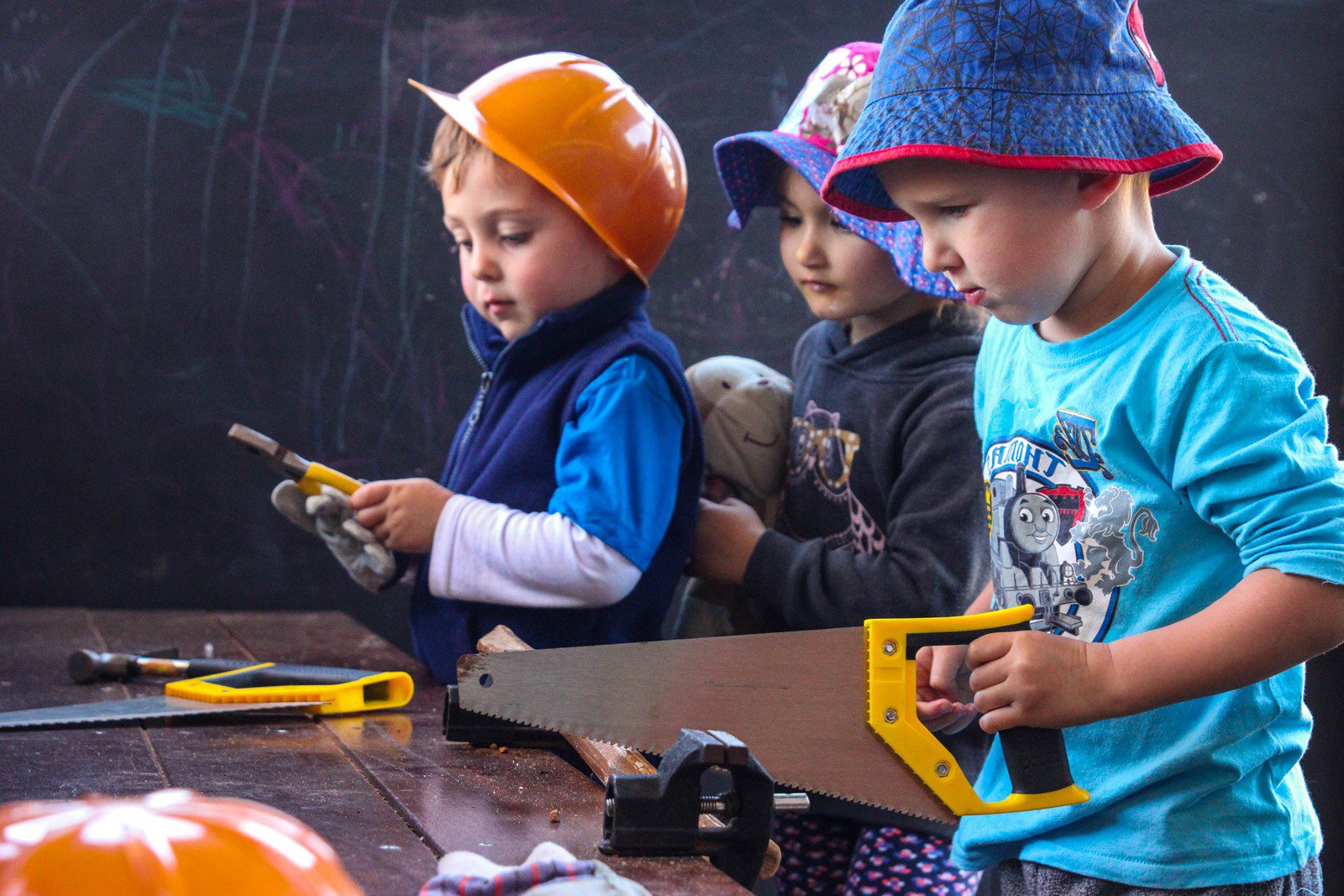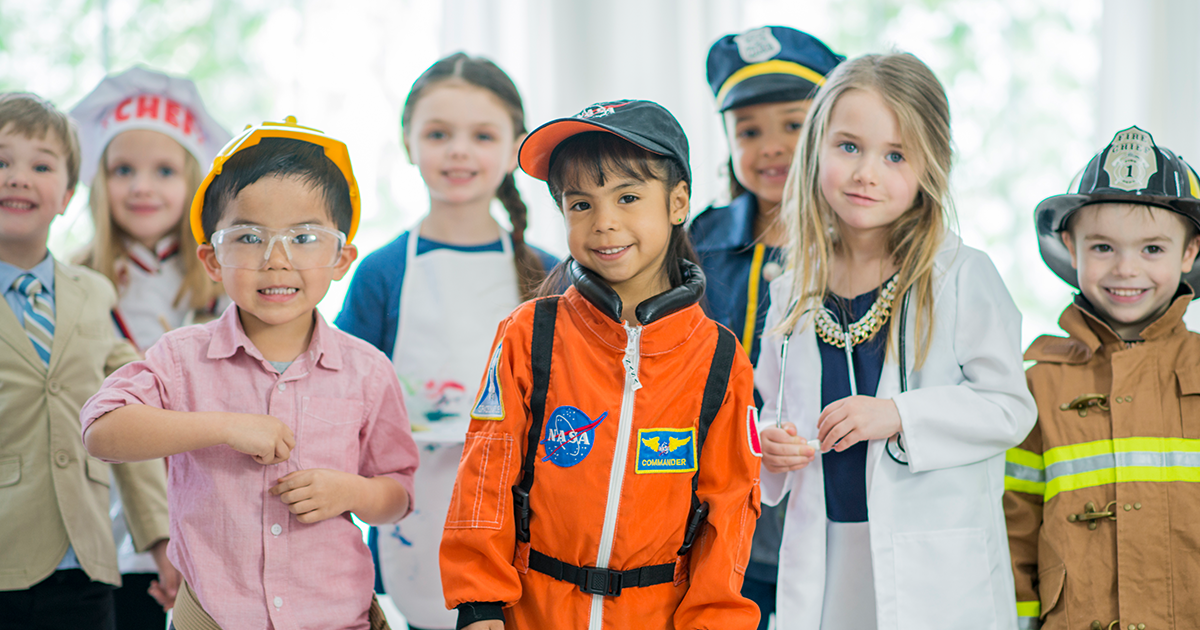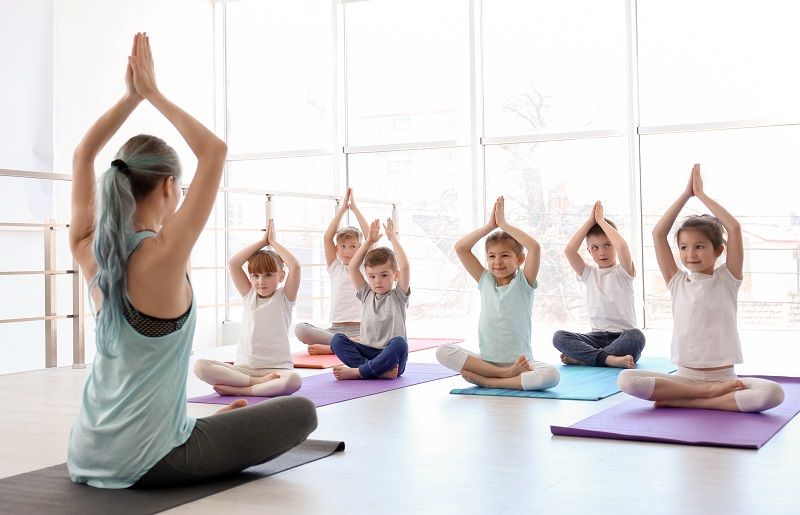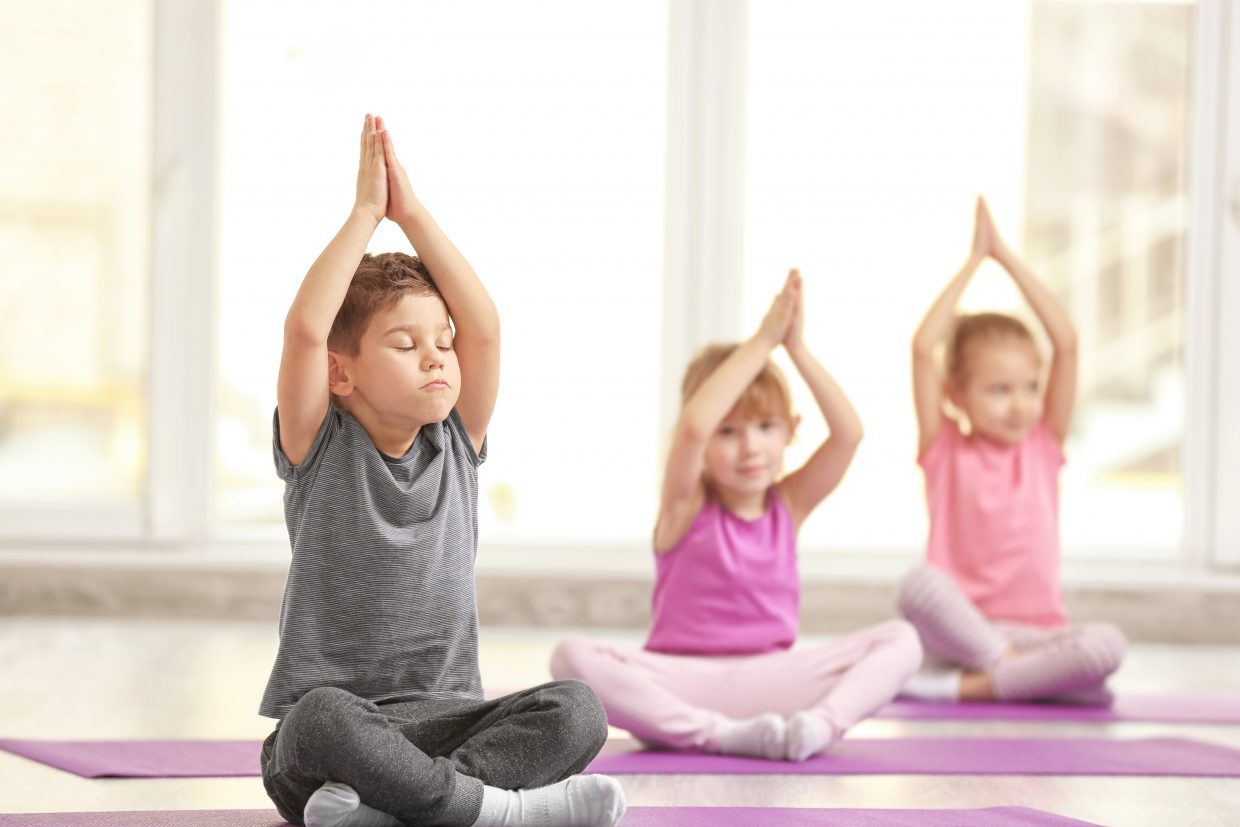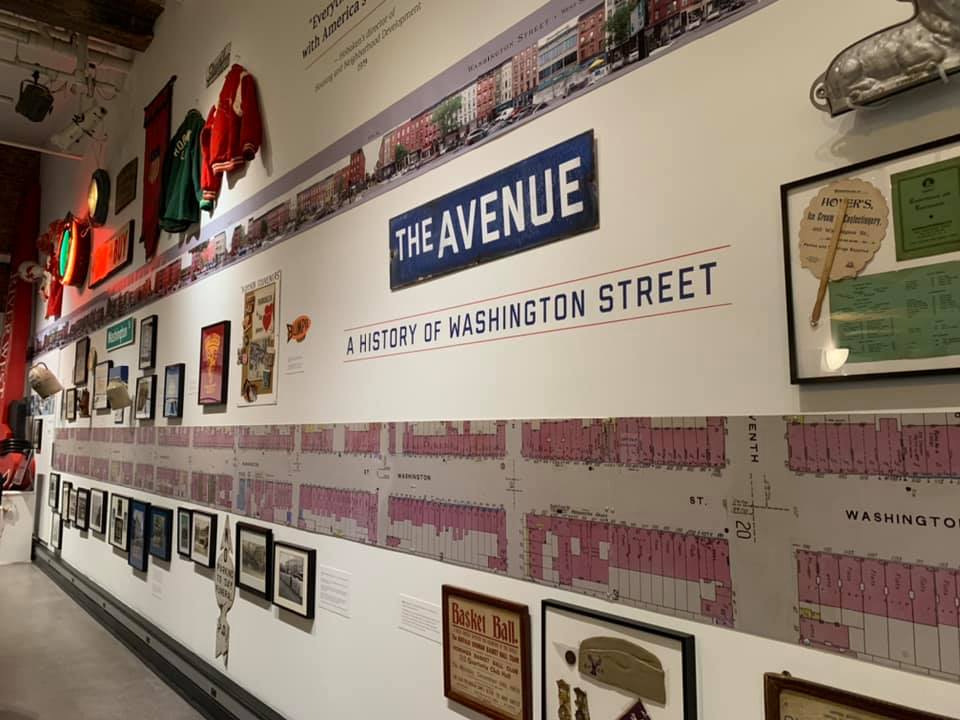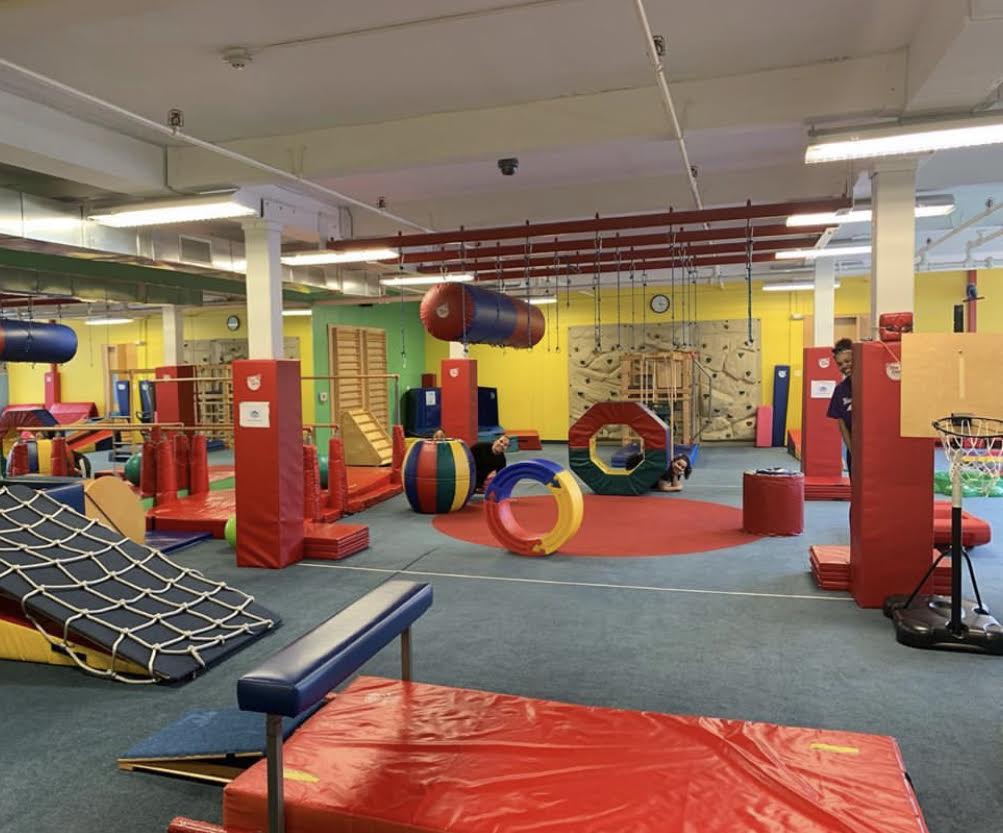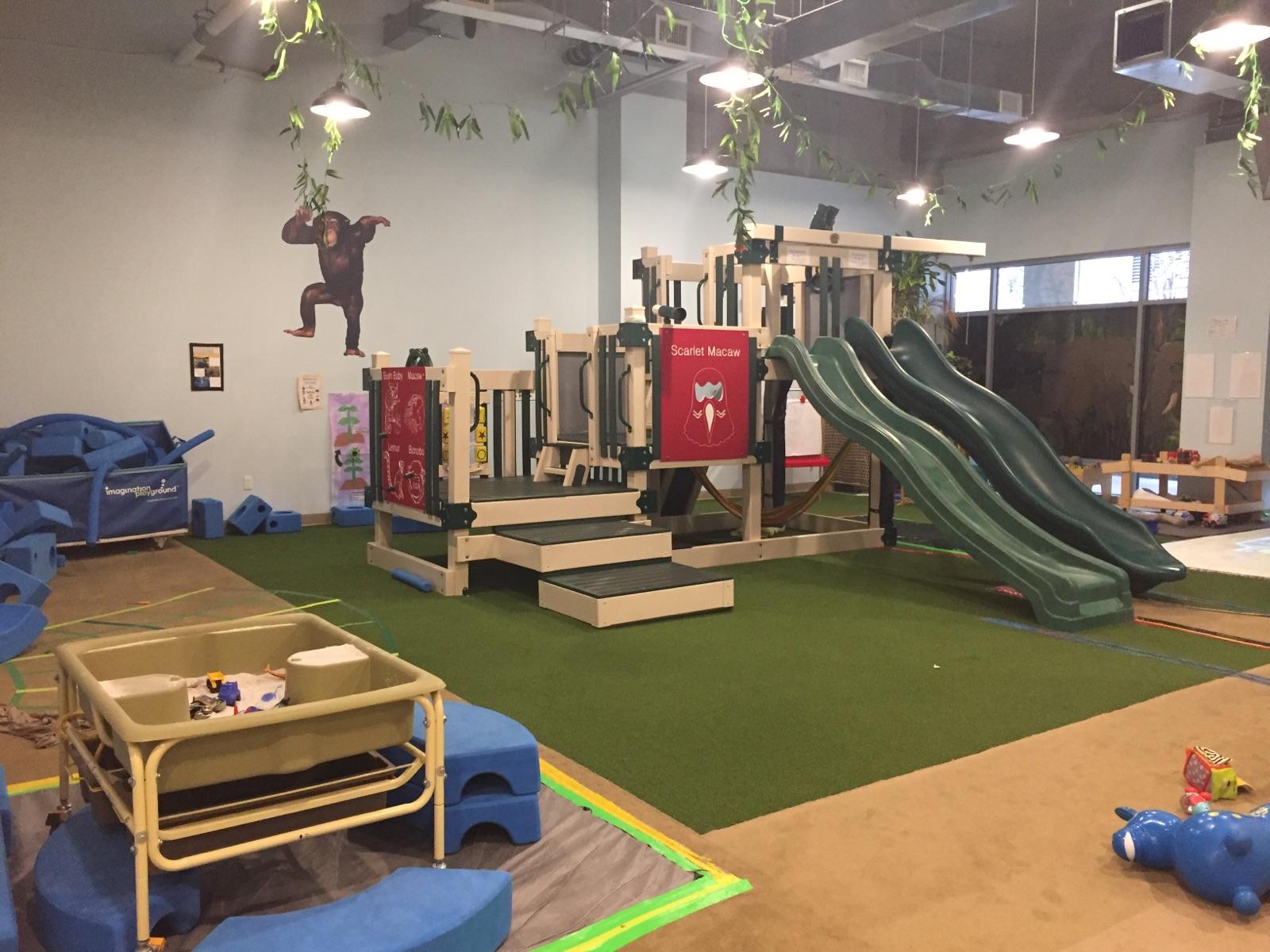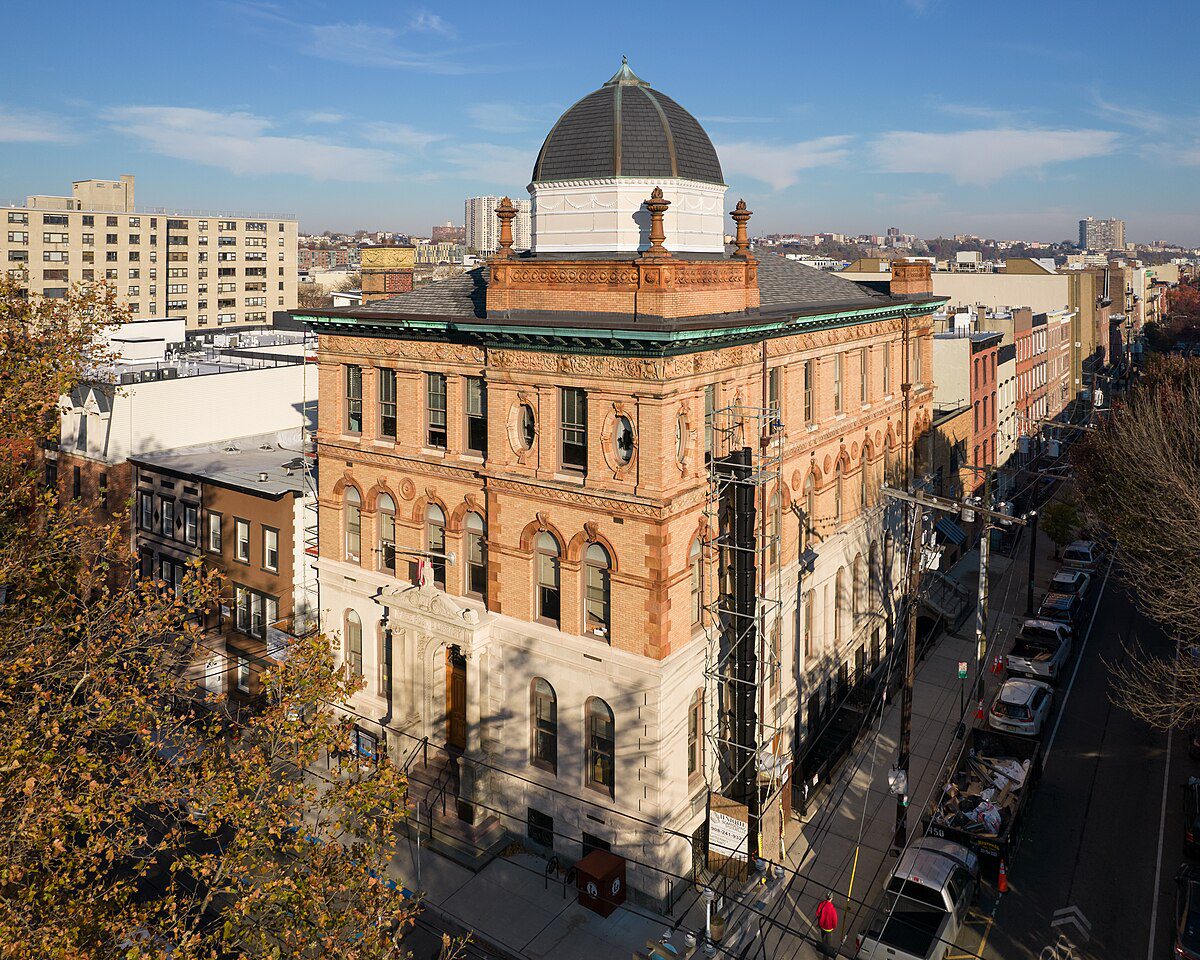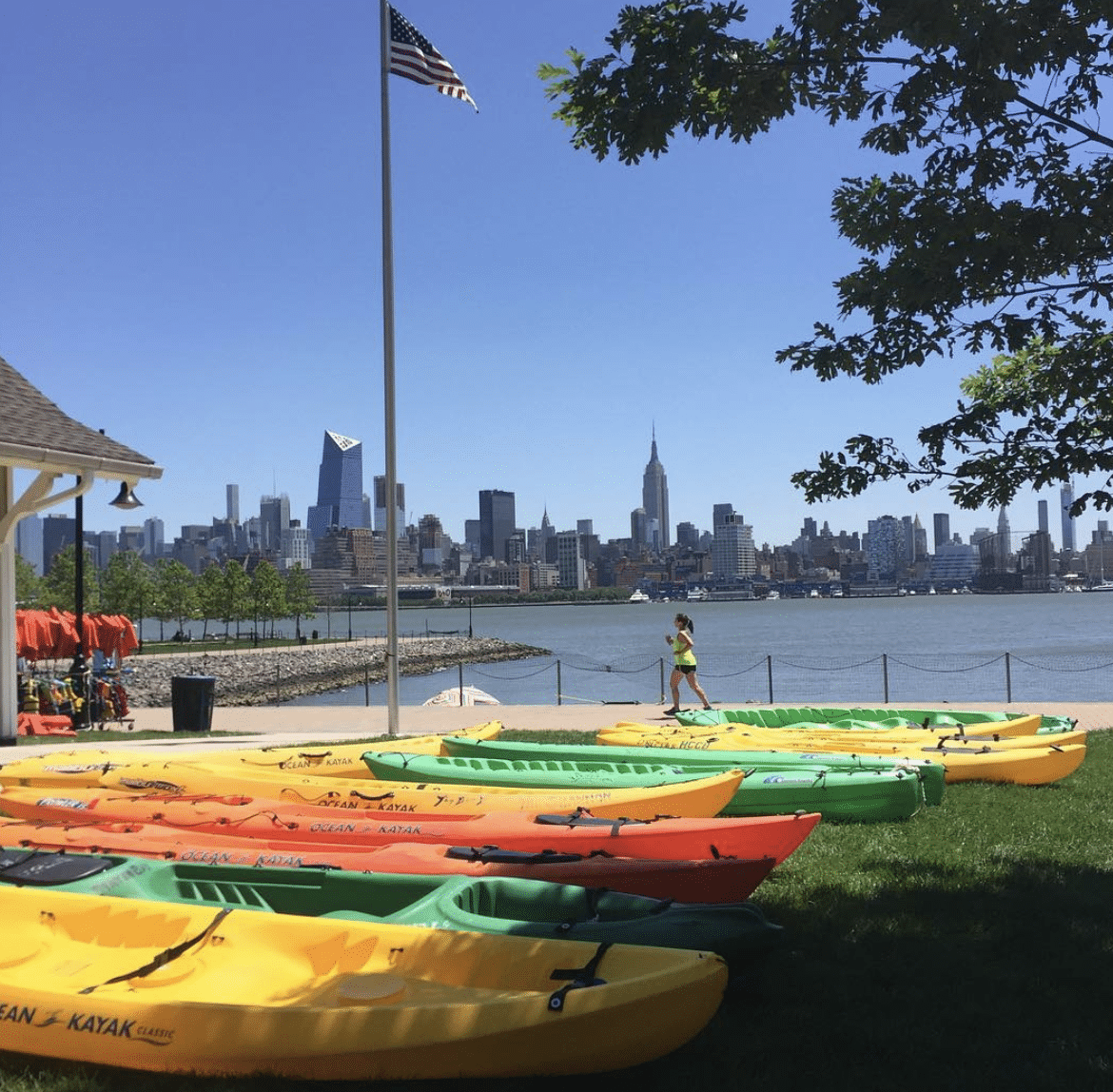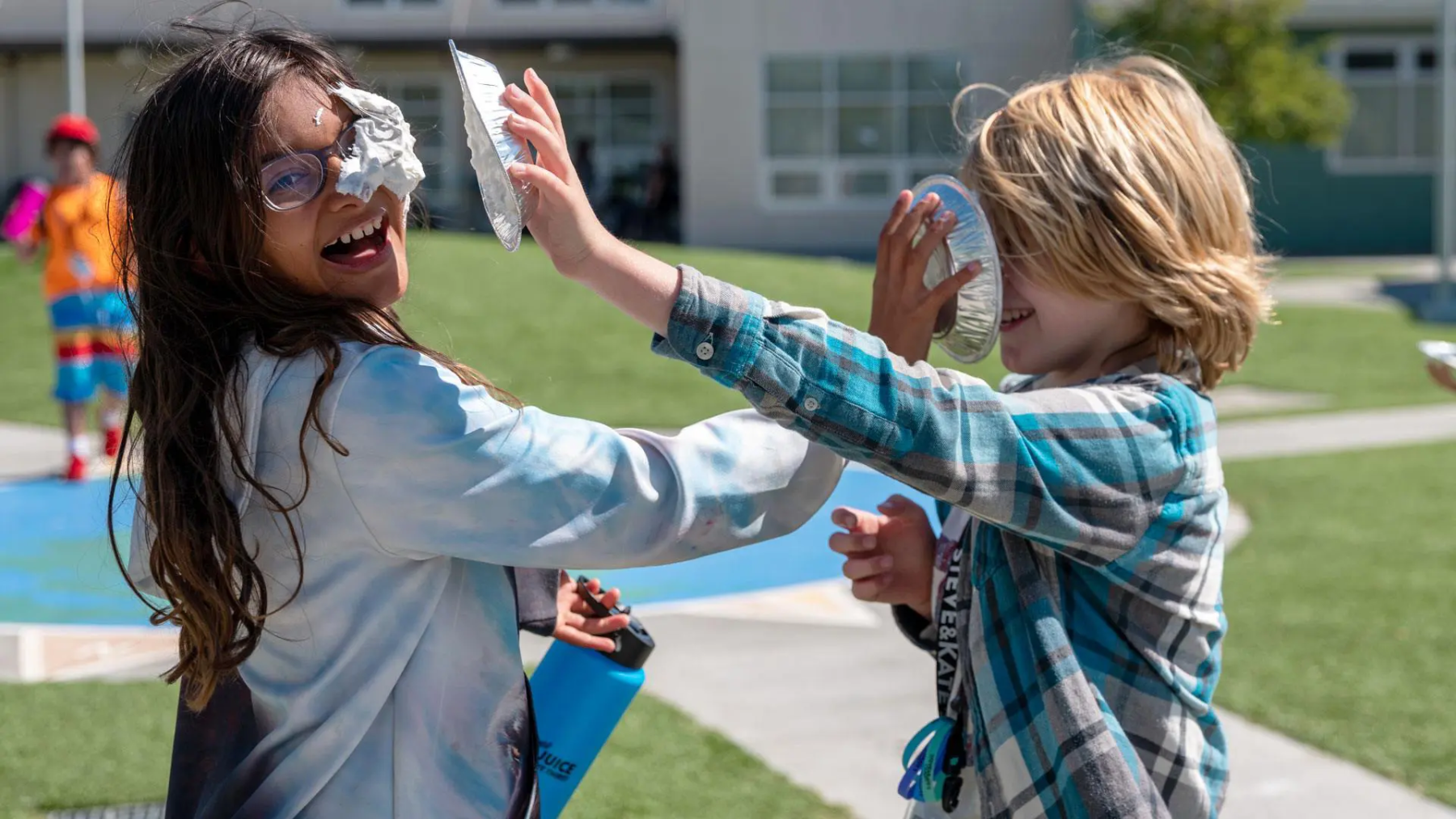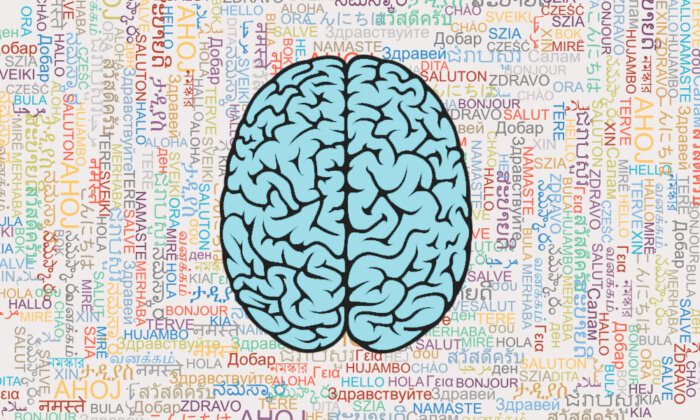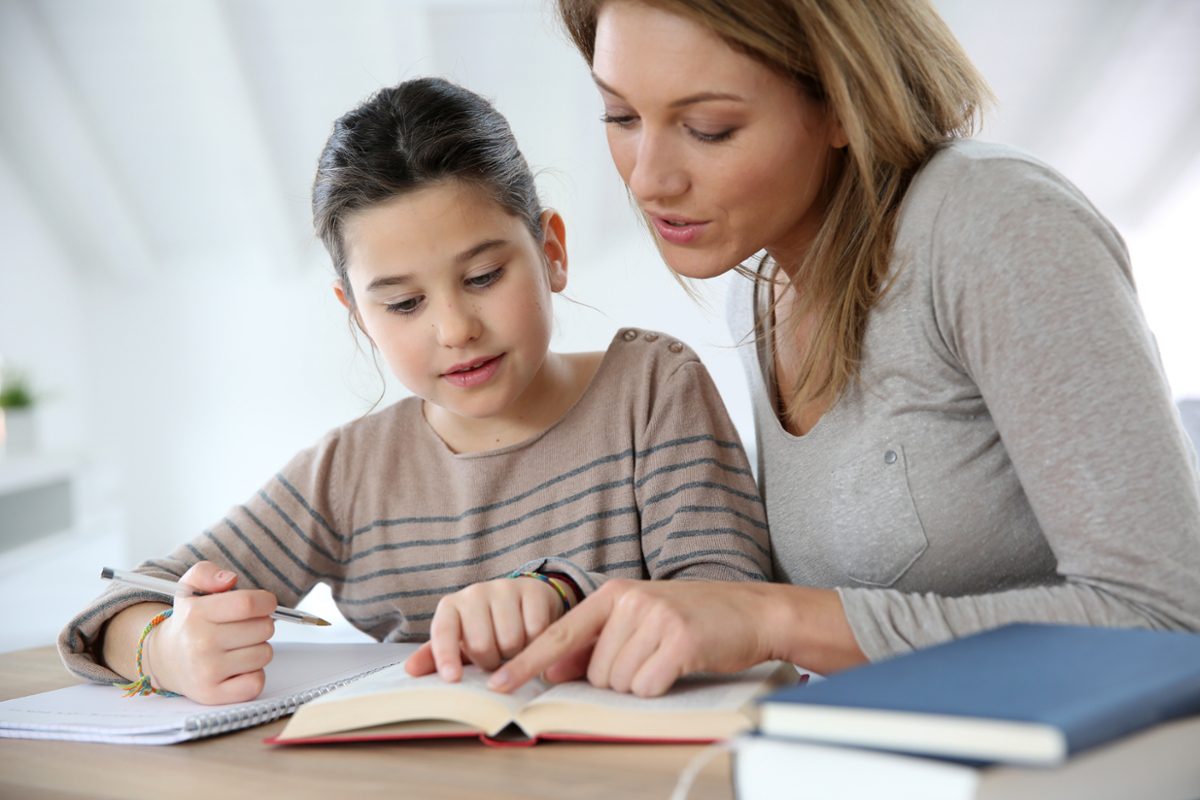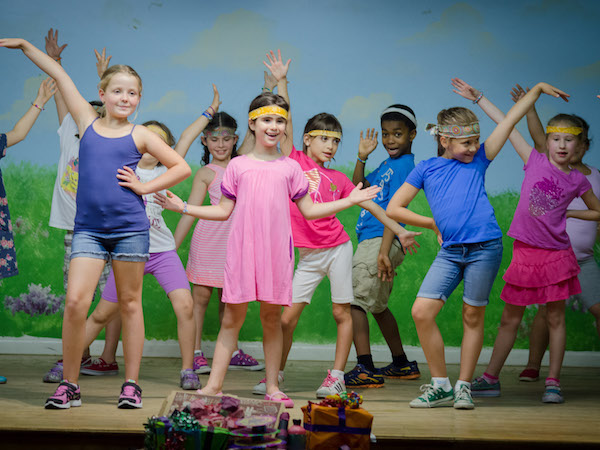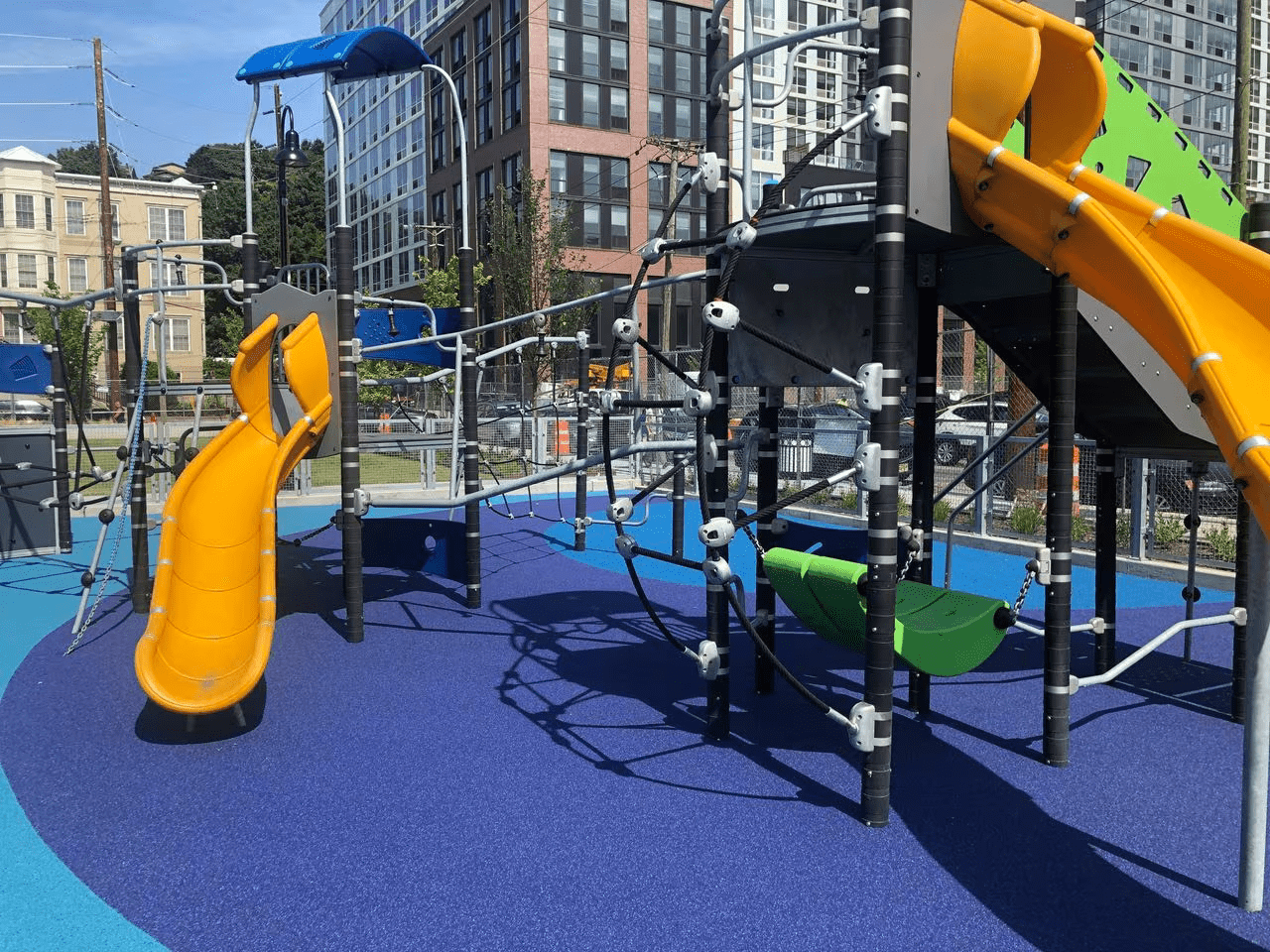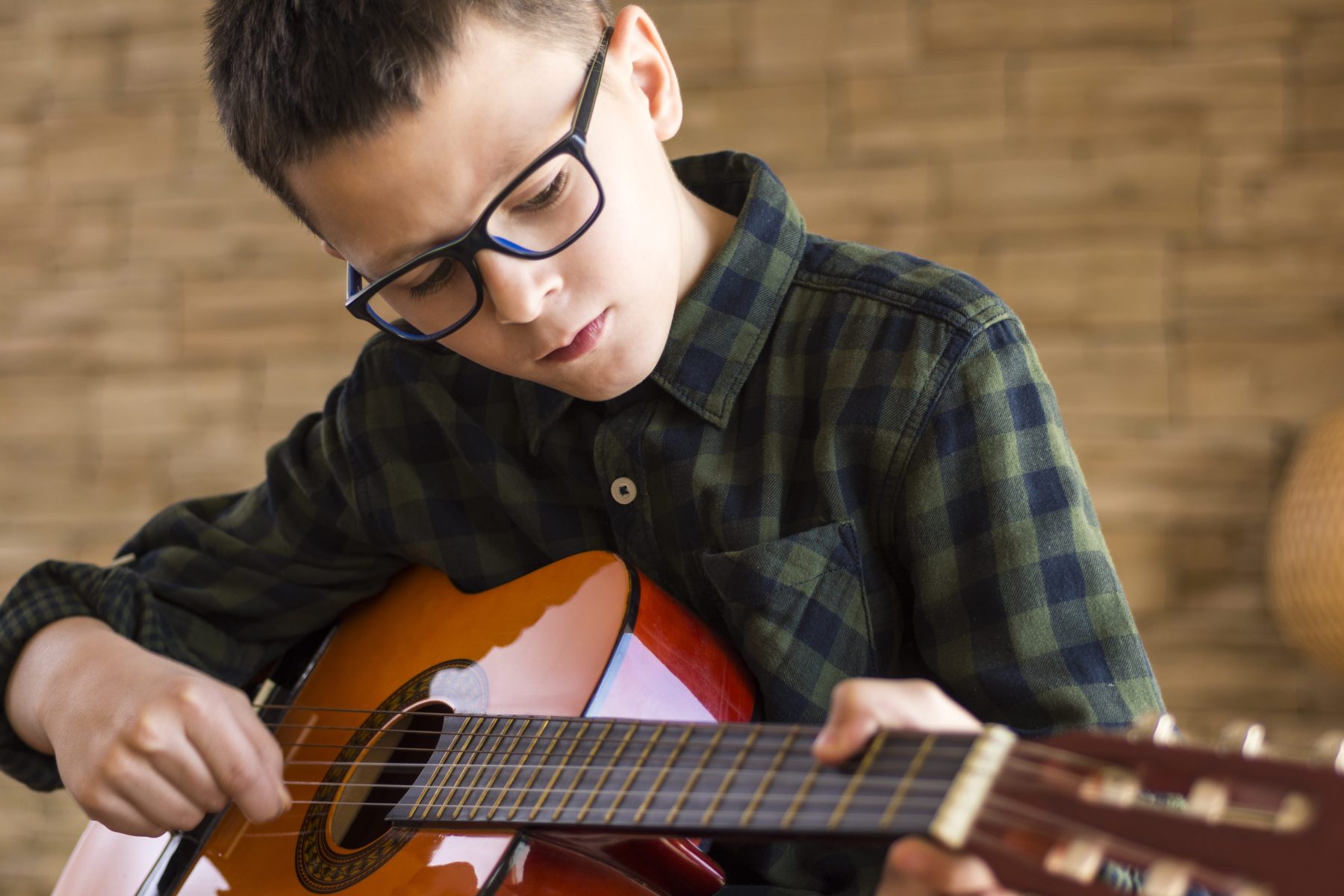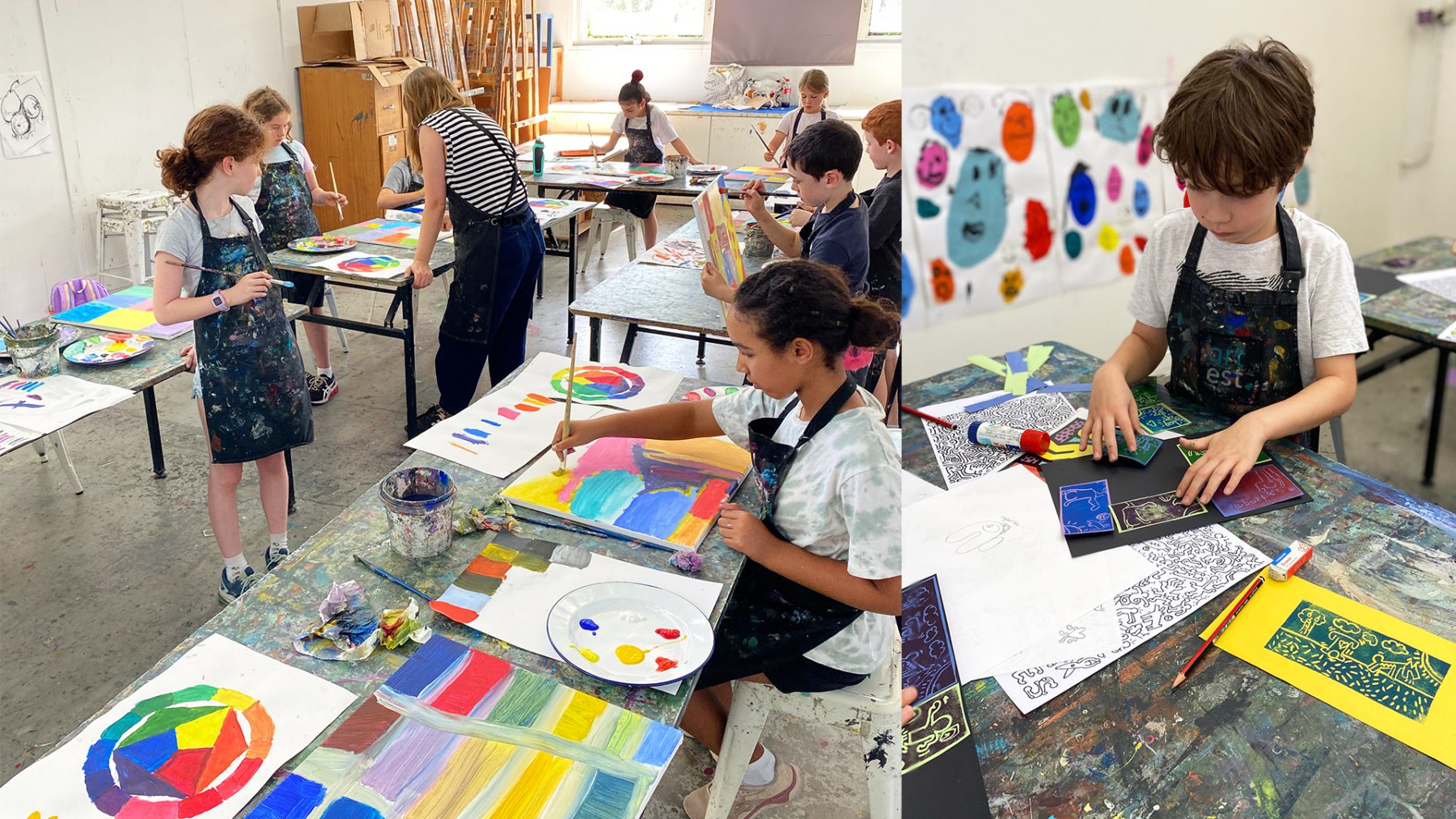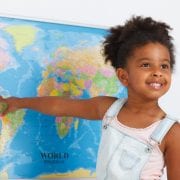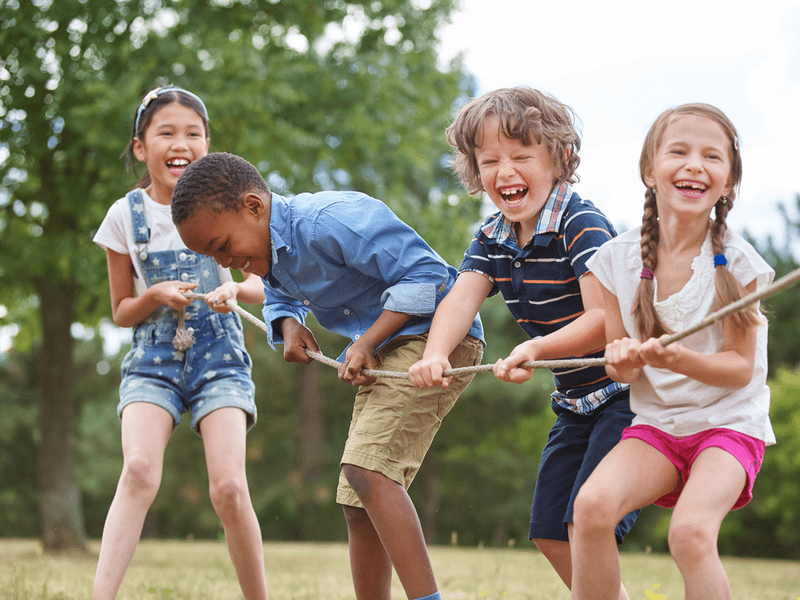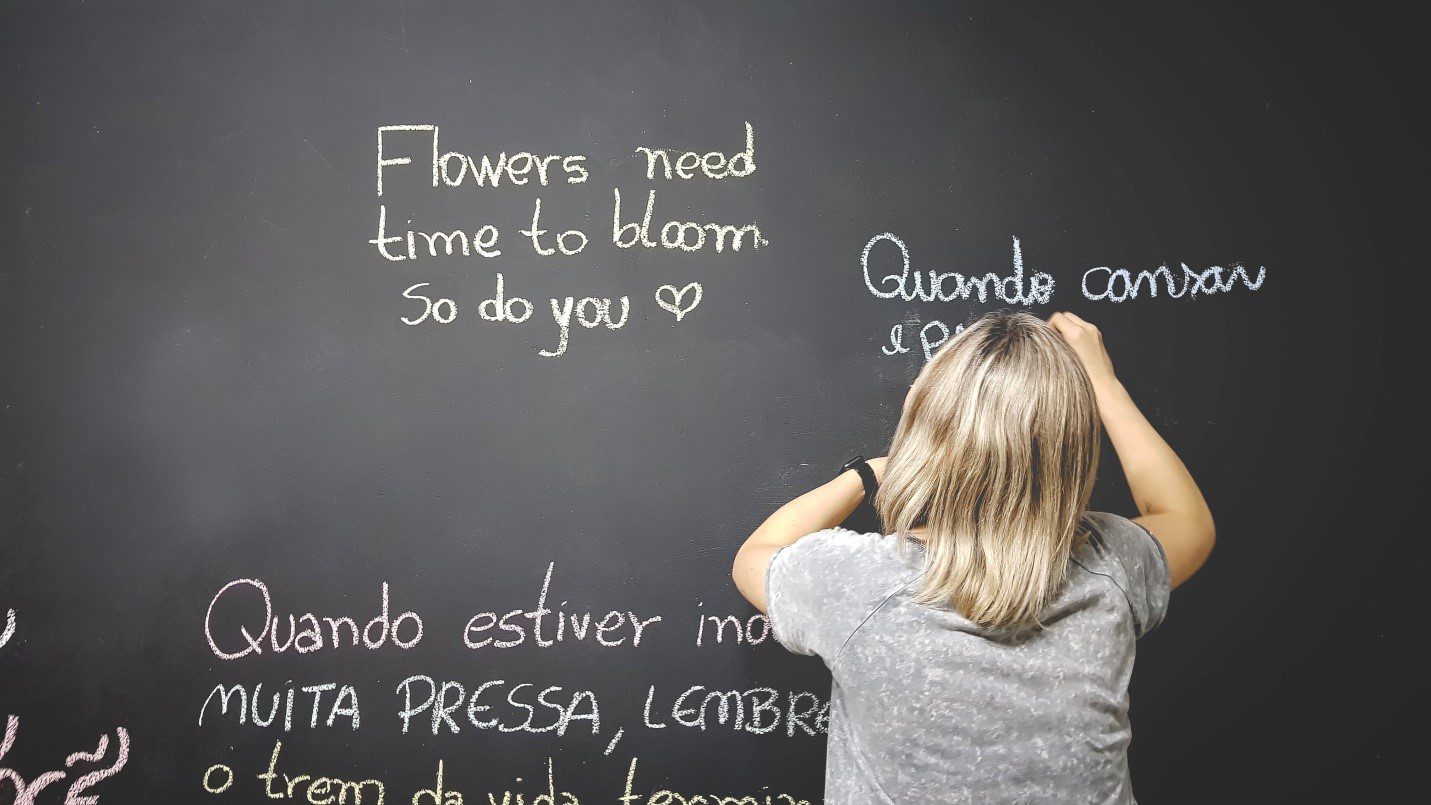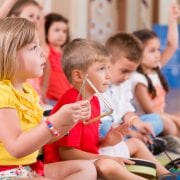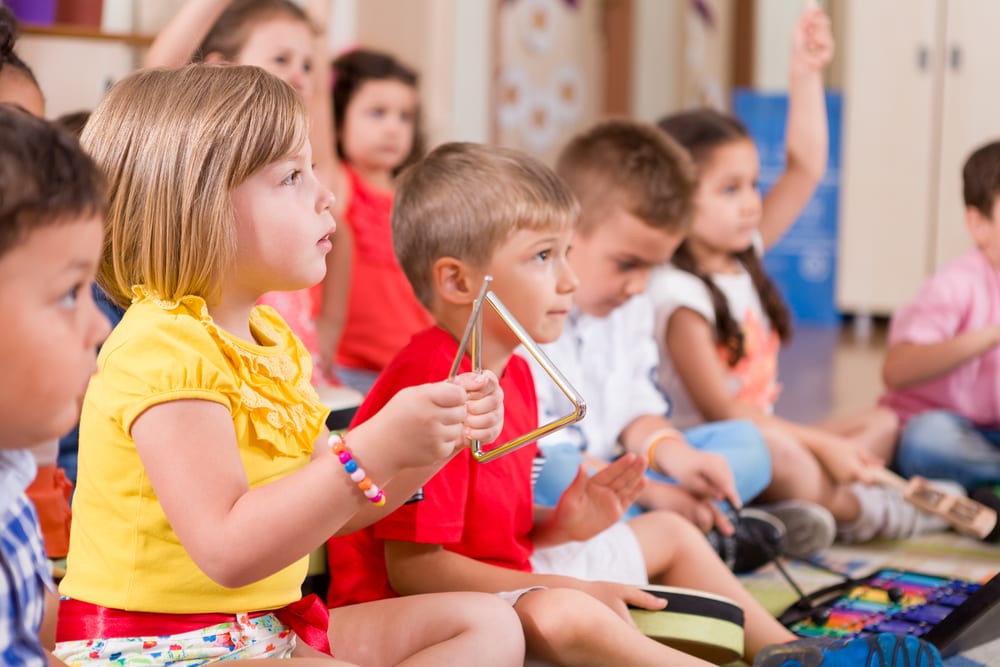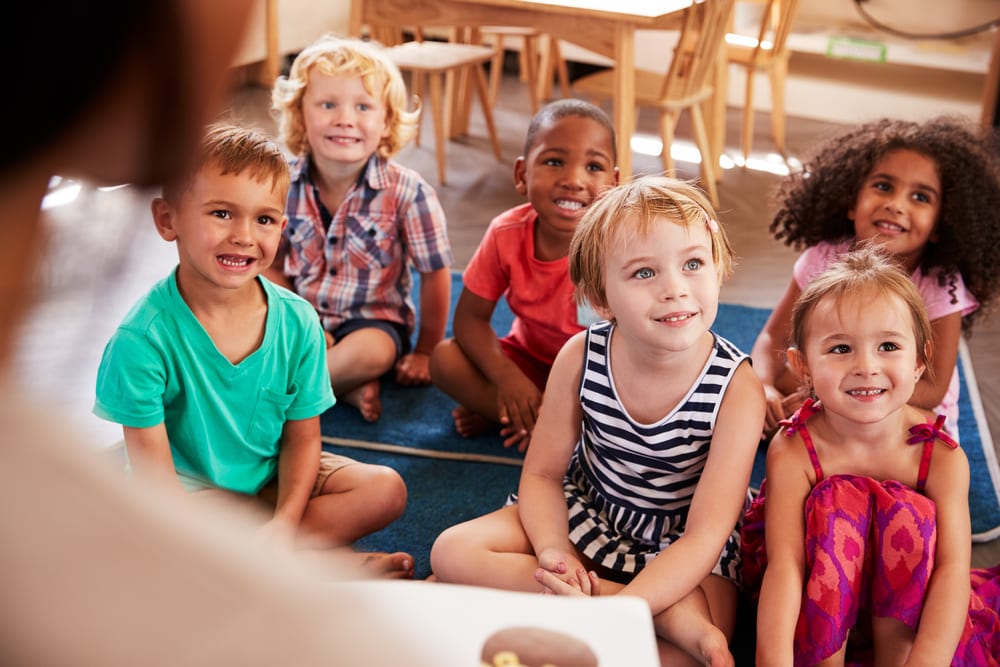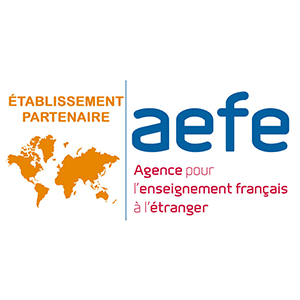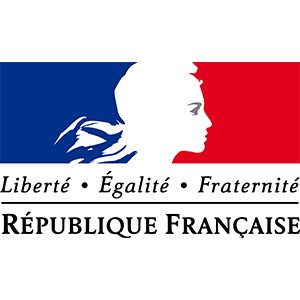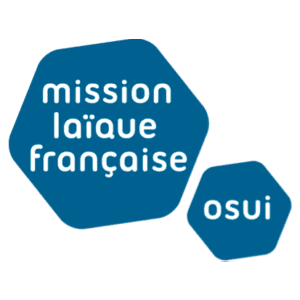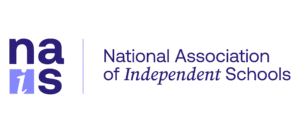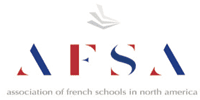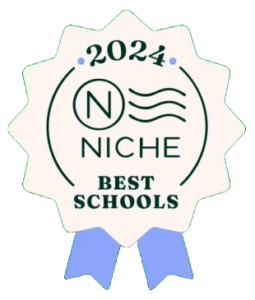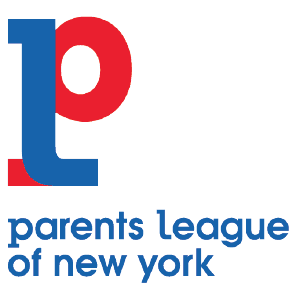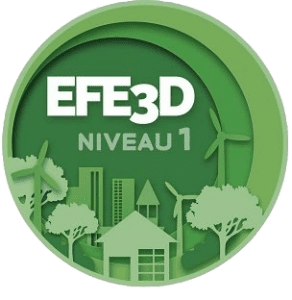How the Imagination Helps Children Learn
It’s not uncommon to see a young child step into the world of make believe. Relying solely on their imagination, children host tea parties and pretend to be Jedi knights. They turn boxes into castles and playgrounds into entire worlds of their own creation. The act of pretending — of stepping into a character and acting out a scenario — is an old standby of playtime. And it should be. Imagining is an activity that may seem frivolous on the outside, but it actually helps improve child development.
How?
The nature of role-playing is immersive. When a child steps into a role, they assume the life of the make-believe character, including their problems. For example, if the role-play of the day involves an explorer stranded on a desert island, those participating must act as the explorers would. They have to follow the “map” and find the “treasure”, all while fighting off the bad guys and escaping the island.
Not a bad way to spend the afternoon, especially when you can safely return home afterwards.
It’s a safe environment that allows for great fun while it also introduces a surprising number of learning opportunities. Interactive, engaging, and collaborative, children who engage in role-play, challenge themselves with situations they do not always face. Or, as with the child who is playing house, they challenge themselves with situations they may have seen adults face.
There are so many ways in which role-play helps children succeed that it would be hard to list them all. But a few major ways role-play improves child development include:
Problem solving skills. Imaginary conflict is still conflict. Whether it’s making sure everyone has enough tea at the tea party, traveling to a far-off country, or slaying a dragon, these are all problems that require forethought and an understanding of consequence. The ability to think about a problem, project into the future, understand cause-and-effect, and create an abstract solution requires a huge array of skills. Through role-play, children are able to hone these skills, so they can draw upon them as they face challenges in the real world.
Language and social skills. Often, children will role-play in pairs or small groups. This not only makes it more fun, but it helps those participating learn how to clearly express themselves and pass along information. Even more importantly, children learn how to collaborate. These crucial social skills will benefit them for their entire lives.
Imagination and creativity. There’s no doubt that children are creative. Role-playing nurtures their inherent imagination, allowing them to let it run wild. Rather than stifling their need to express themselves, role-play gives an outlet that has the potential to appeal to all students, regardless of temperament or learning style. Down the road, this allows them to think creatively about more concrete problems.
Experimentation. Let’s say a child decides to step into the role of an engineer. They pretend to be an engineer, with all the responsibilities of the profession. Including, of course, building. Children may decide to spend time tapping into their creativity and creating buildings from whatever resources are available. And they may not always succeed. A bridge may fall. A tower may topple. And, like any resilient engineer, the child has the opportunity to try something new. Experimentation allows a child to engage in trial-and-error without worrying about the ramifications of failure.
It’s important for children to have fun when they learn, and role-playing is one of the best ways to accomplish this while also ensuring their development is being nurtured. Role-play activities are simple, often requiring nothing but the mind, and have endless benefits.
For more information, tips on child development and role-play in the classroom, contact us.


